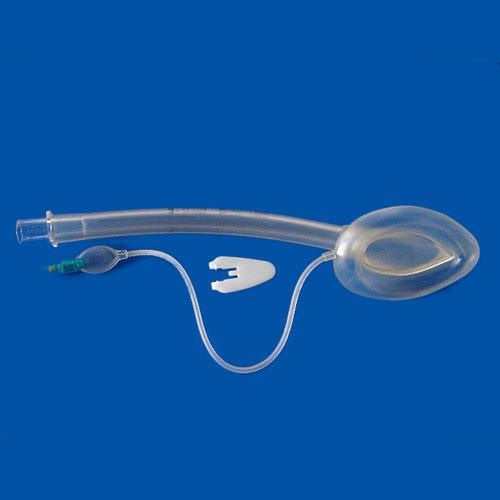History and Development
The laryngeal mask airway was invented in 1981 by Dr. Archie Brain, an British anesthetist. He developed this device as an alternative to direct laryngoscopy for general anesthesia. The main goals in developing this device were to provide a seal around the larynx for effective ventilation and prevent aspiration of gastric contents into the lungs. Dr. Brain published his first paper on the prototype of the laryngeal mask in 1983 and continued to refine the design. Commercial production of the laryngeal mask began in 1988 after extensive clinical trials proved its safety and efficacy. Since then, over 200 million laryngeal masks have been used worldwide making it one of the most commonly used supraglottic airway devices in current practice.
Design and Mechanism of Action
The basic design of a Laryngeal Mask consists of a flexible cuff connected to a breathing tube. The distal end of the tube has an elliptically shaped mask which fits around the perimeters of the laryngeal inlet when inflated. The cuff is made of silicone rubber or other medical-grade elastic material which allows it to form an effective seal around the larynx upon inflation with air. When correctly positioned, the mask sits lightly on the hypopharynx and seals off the upper esophagus from the respiratory tract. This creates a low pressure zone between the mask and laryngeal openings to allow passive regurgitation of gastric contents into the esophagus and prevent pulmonary aspiration. At the same time, it provides an open airway for effective ventilation bypassing the upper airway structures.
Advantages Over Endotracheal Intubation
Compared to endotracheal intubation, the laryngeal mask has several advantages:
- Ease of insertion: This mask can generally be inserted blindly without requiring direct visualization of the larynx like a laryngoscope. This makes its use simpler especially for providers without extensive airway management experience or skills.
- Speed of insertion: Placement of a this mask typically takes 10-30 seconds which is faster than intubation in most cases. This is beneficial in emergency situations or prolonged procedures requiring repeated access to the airway.
- Lesser hemodynamic responses: Intubation usually stimulates the patient's gag and stress response more than the mask. This decreases changes in blood pressure and heart rate commonly seen during endotracheal intubation.
- Lower risk of pulmonary aspiration: By sealing off the upper esophagus and preventing passage of gastric contents into the respiratory tract, this mask reduces the risk of regurgitation and aspiration compared to endotracheal tubes or other supraglottic devices.
- Lesser laryngeal injury: As it does not require passing an endotracheal tube through the vocal cords, the risk of trauma to the laryngeal structures is minimized with the mask. This lessens the risk of complications such as vocal cord injury or paralysis.
- Ease of use in certain patient positions: This mask can be used advantageously for procedures requiring prone, lateral or sitting positioning which are difficult for endotracheal intubation. Examples include laparoscopic surgeries, radiological interventions, dressing changes or wound debridement.
- Lower cost: On average, laryngeal masks are less expensive than endotracheal tubes and video laryngoscopes further adding to their popularity in resource constrained settings.
Read More Insights On- Laryngeal Mask Market

